|
After seeing many posts about the fantastic wildlife encounters at Heron Haven Nature Center, I decided to visit. This small urban wetland sanctuary is located right in the middle of the city of Omaha, Nebraska. At first, I was disappointed that I did not hear the sounds of birds singing since heavy traffic and the sound of children screaming from the ball fields down the road drowned them out. But then I realized the noise that I considered a negative camouflaged the people on the sanctuary trail and is most likely the secret sauce for what makes Heron Haven so great.
They have an excellent photography blind on a pond at the end of a short trail. The day I visited, the nesting Canada Geese entertained me on the island in the center of the pond. A Great Blue Heron flew across my path and perched in a tree at the edge of the pond, grooming himself, while a Great Egret posed atop a bush over the water doing the same. In addition, there were at least a dozen Northern Shovelers swimming about while turtles sunned themselves on a log nearby. That alone was enough for any nature lover to consider the day a success! I might add that this was all happening simultaneously and was not the accumulated sights of many hours of observation. What happened next, I never would have expected in a million years! Of course, it had been going on for a while. But, there were so many more exciting birds to observe; I didn't comprehend the rarity of the moment until it was almost too late. A pair of Canada Geese had swum away from the group. They were performing courtship behavior and eventually mated right in front of the blind!
About the time, I thought, "Boy, this neck dipping is getting a bit obsessive; I wonder if it's part of a mating ritual." The pair of geese had progressed to doing the deed.
I was excited to get home that night to download my images and see what I had captured. I have learned from past wildlife documentary-type photo shoots like my visit to the Least Tern breeding site, where I photographed nesting Least Terns and their chicks at feeding time. You never get the full story of what's going on until you roll back through the images. I found these Canada Geese photographs just as fascinating.
Then I started to Google for a better understanding of Canada Geese courtship and mating behavior. What I found were many brief descriptions, some contradictions, and very few photos about the subject. Nothing was nearly as detailed as what I had just experienced, so I thought I'd share my little unscientific photo documentary.
The initial courting behavior involves mutual neck dipping between the two geese.
After they swam out into an open area of the pond, they turned to face each other (first image at the top of the post) and began dipping their heads into the water, sometimes simultaneously but mostly taking turns so the other could watch.
The head dipping had been going on for some time before I realized what they were doing was part of a courting ritual, so I only have a couple of pictures of this.
The head dipping went on for quite some time. It seems like 20-30 minutes, but I was focused on the other birds while this was happening, so I'm not sure about the length. I am curious about how common it is to see a complete mating ritual in nature. One post I read elsewhere said it was extremely rare because they only mated at night when people were not around. However, another article said, during mating season, they will mate as often as five times a day.
The Gander eventually swims up beside the Goose, and the neck dipping continues. During one of the dips, the Gander hopped on her back while her head was still underwater.
The Gander controlled the entire mating by biting and pulling the feathers on the back of her neck.
Several websites referred to the biting as love bites or love nips.
With the mating ritual complete, the Goose looked back at her mate adoringly. I love how he has fanned his tail feathers! You can tell the Gander is very proud of himself.
The Gander then threw his head back and began loudly honking, as if he was proudly boasting to all the other geese on the pond, "Hey, guess what I just did!"
They all honked back as if saying, "Way to go, Dude!"
Next, the female bathes while the Gander watches. He will take his bath after she has finished.
In my research about Canada Goose Mating Rituals, I thought it was interesting how they detailed that the male watches as the female as she bathes before he bathes himself. However, they never mention anything about what the female Goose does while the Gander bathes.
Excuse me for a moment while I anthropomorphize… That's because she knows perfectly well that he can clean himself and doesn't need any help from her. So after the Gander ducked his head under the water, she turned and swam back to the log to dry out. When the Gander realizes she has left, he follows meekly behind without finishing his bath. LOL In actuality, when a female Goose chooses a mate, it is based on his displays and how well she thinks he can protect her. He is just doing his job guarding her as she returns to the log to dry out.
The female Canada Goose gracefully climbed up on the log and spread her wings wide while the Gander splashes around in the background, finally getting the chance to take his bath.
After completing his bath, the Canada Goose Gander quickly raised up behind his mate with wings spread wide, throwing water all over her.
This gave me a chuckle; I guess boys will be boys no matter what species!
I think this may be my favorite image out of the entire Canada Geese mating series!
After tossing water all over his mate while flapping his wings dry, the Gander lowered his wings for a moment leaving them spread wide, almost as if he was going to hug her. Although brief, it seemed affectionate and intentional. It was not part of the Gander's wing-flapping sequence to dry out.
There were already several geese nesting on the island in the middle of the pond when I photographed the mating, so I held back from posting this blog post, hoping to photograph the goslings and continue the story.
Canada geese mate once a year in the spring, laying 4 to 9 eggs per year, with the average being five eggs. If a predator gets the eggs early on, the geese will sometimes produce a second clutch.
The female goose lays one egg every one or two days, typically in the early morning. Only after the goose has her clutch of eggs will incubation begin. Then she will not leave the nest to eat, drink or bathe for the 28 to 30 day gestation period. I marked my calendar to count off the days and impatiently waited. I made three different trips out to Heron Haven starting at about 24 days hoping that some of the earlier clutches might have hatched. On the first trip, there were no chicks and fewer geese on the island nesting. I speculated that the early hatchlings had already left the nest and move deeper into the grass. I waited two more weeks and still no chicks. At a month out, all the geese were gone from the pond. Something must have been picking them off. Sadly, I never saw a single gosling.
Heron Haven Nature Center: 11809 Old Maple Rd, Omaha, NE 68164
About the Photographer
roots again, developing a photography obsession far beyond casual snapshots that evolved into a desire to capture every location and object as art. By meshing her two loves, photography and design, she has come full circle.
All of Susan's images are available for purchase as fine art prints and wall art, and on home decor, gift items, and apparel from her Photo Gallery.
0 Comments
Your comment will be posted after it is approved.
Leave a Reply. |
AuthorI am the 8th photographer in 4 generations of my family. Back in 2006, my husband accepted a job traveling, and I jumped at the chance to go with him. Categories
All
Archives
June 2024
This website uses marketing and tracking technologies. Opting out of this will opt you out of all cookies, except for those needed to run the website. Note that some products may not work as well without tracking cookies. Opt Out of Cookies |
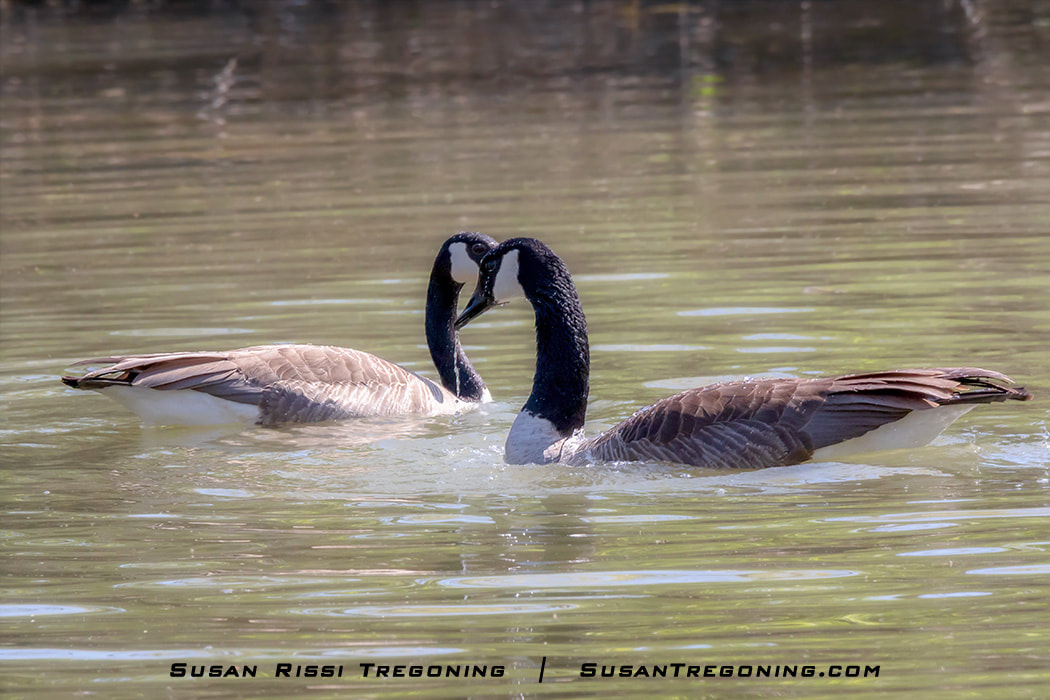

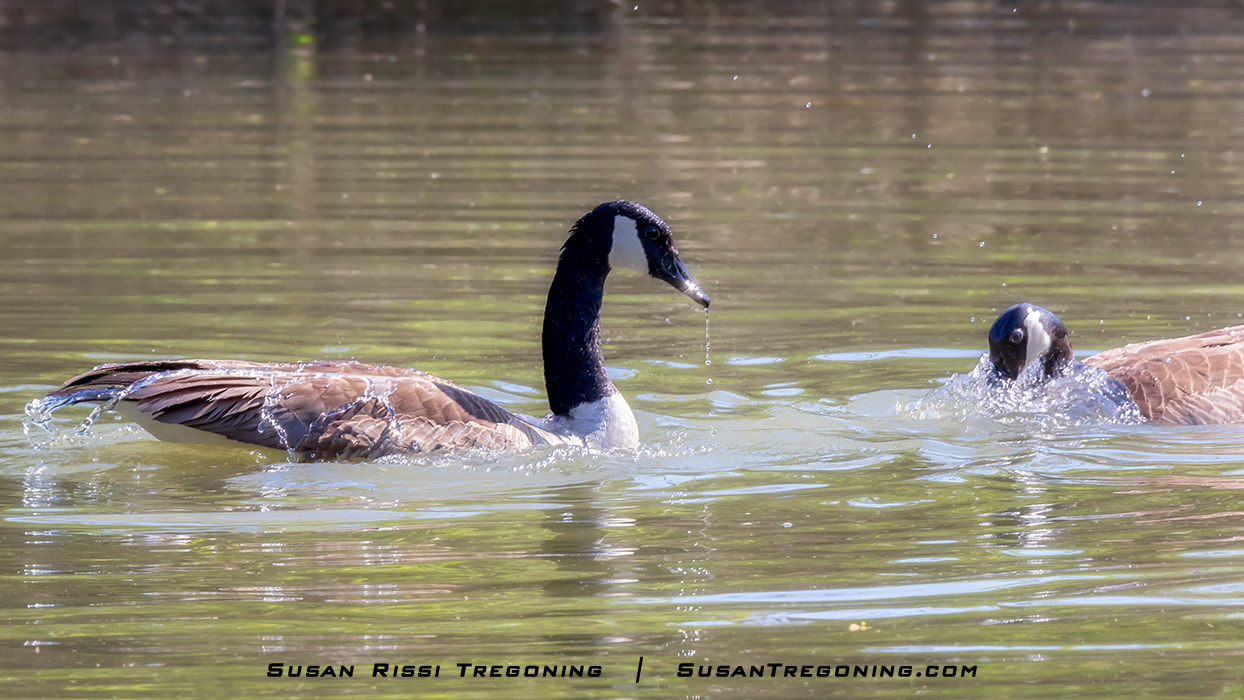
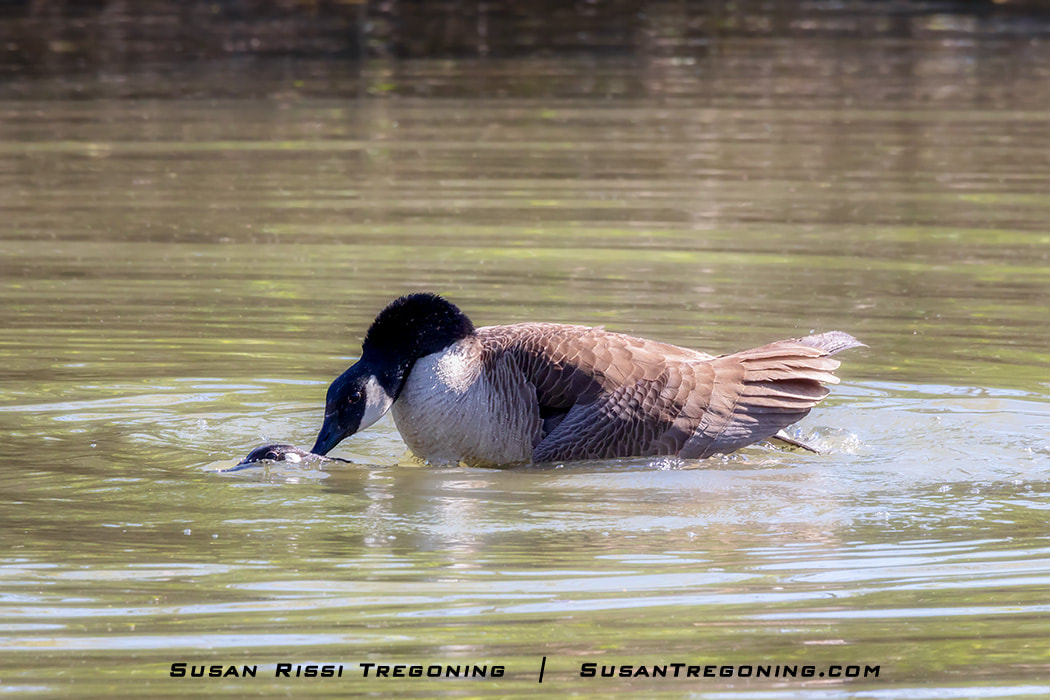
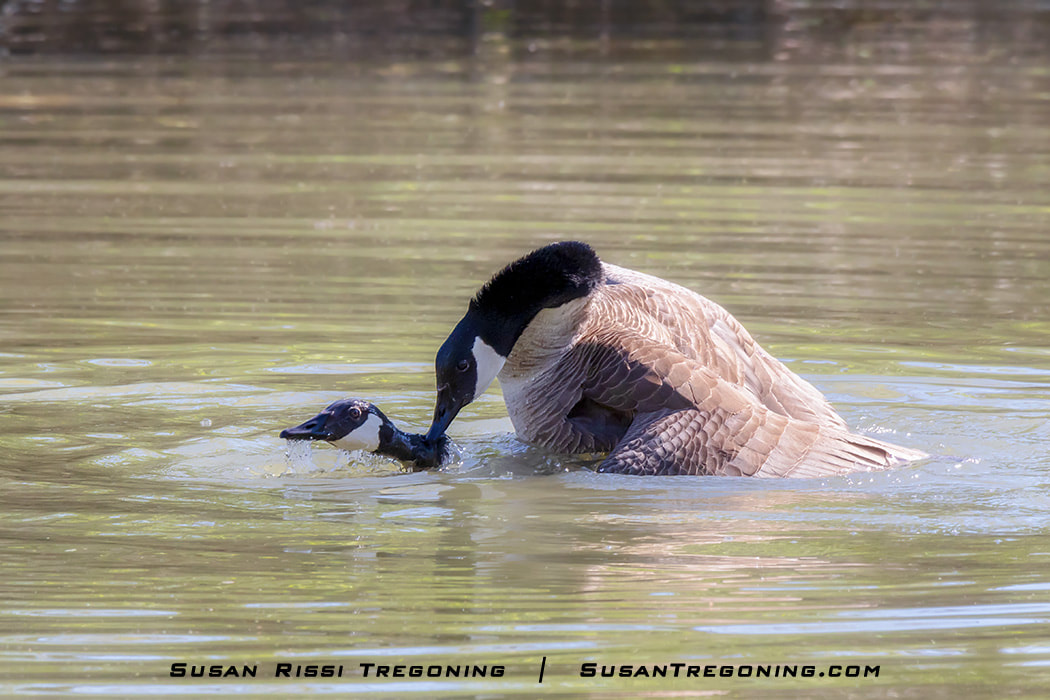
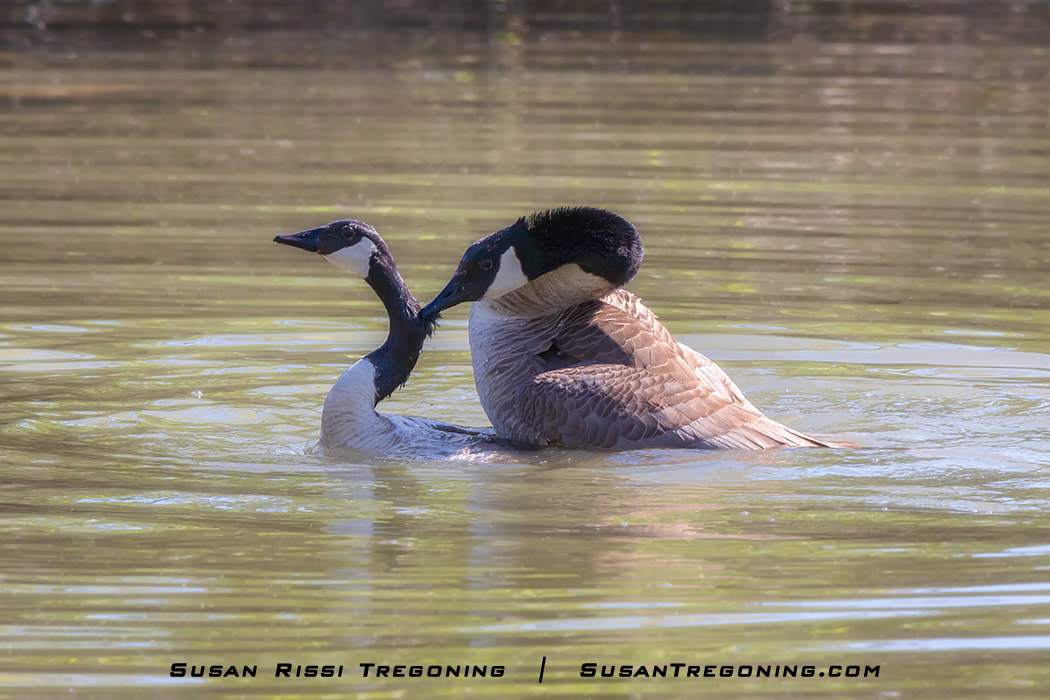

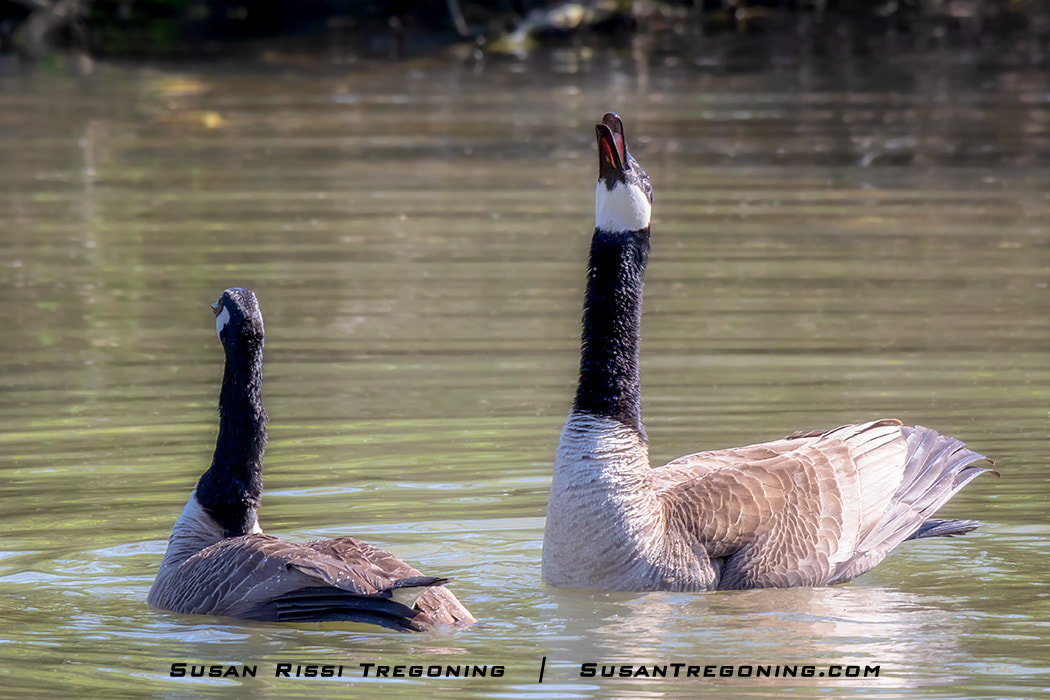
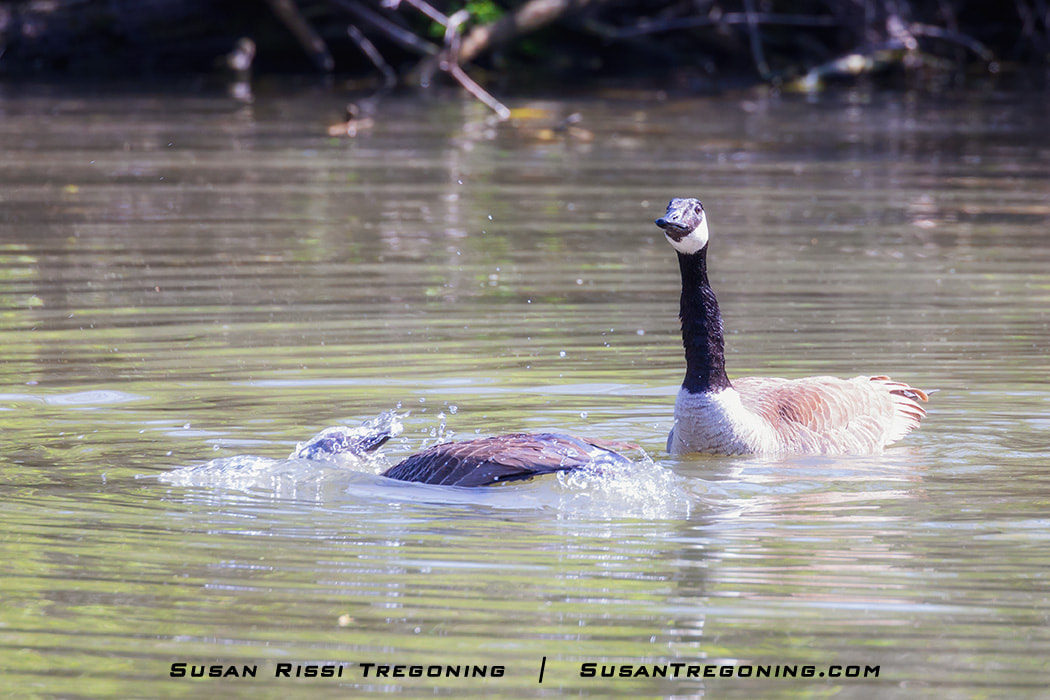


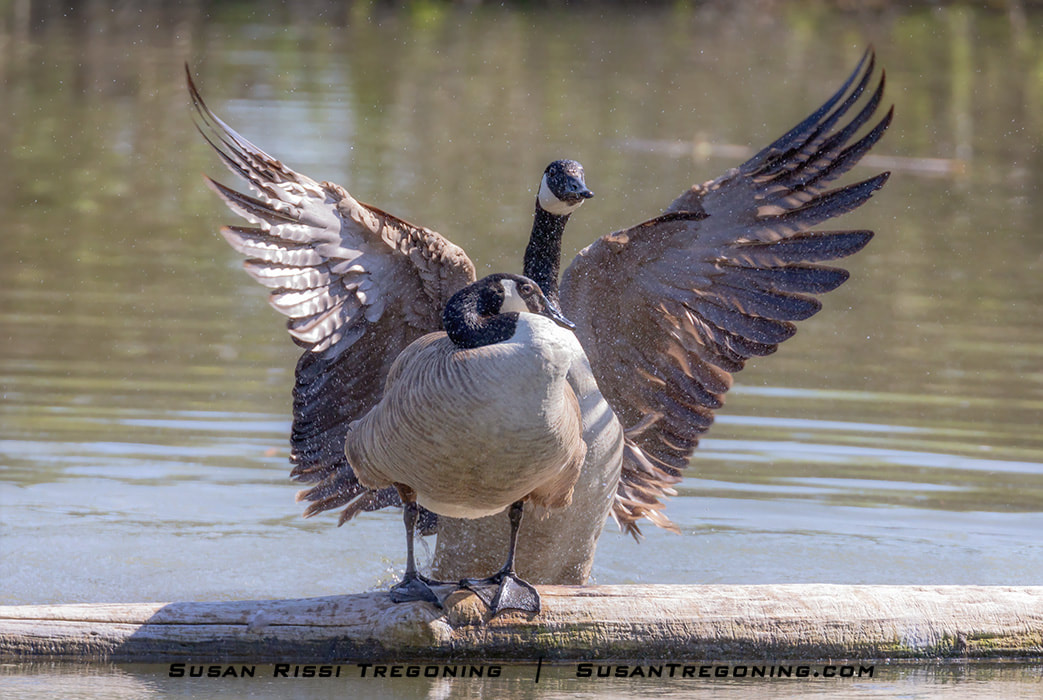
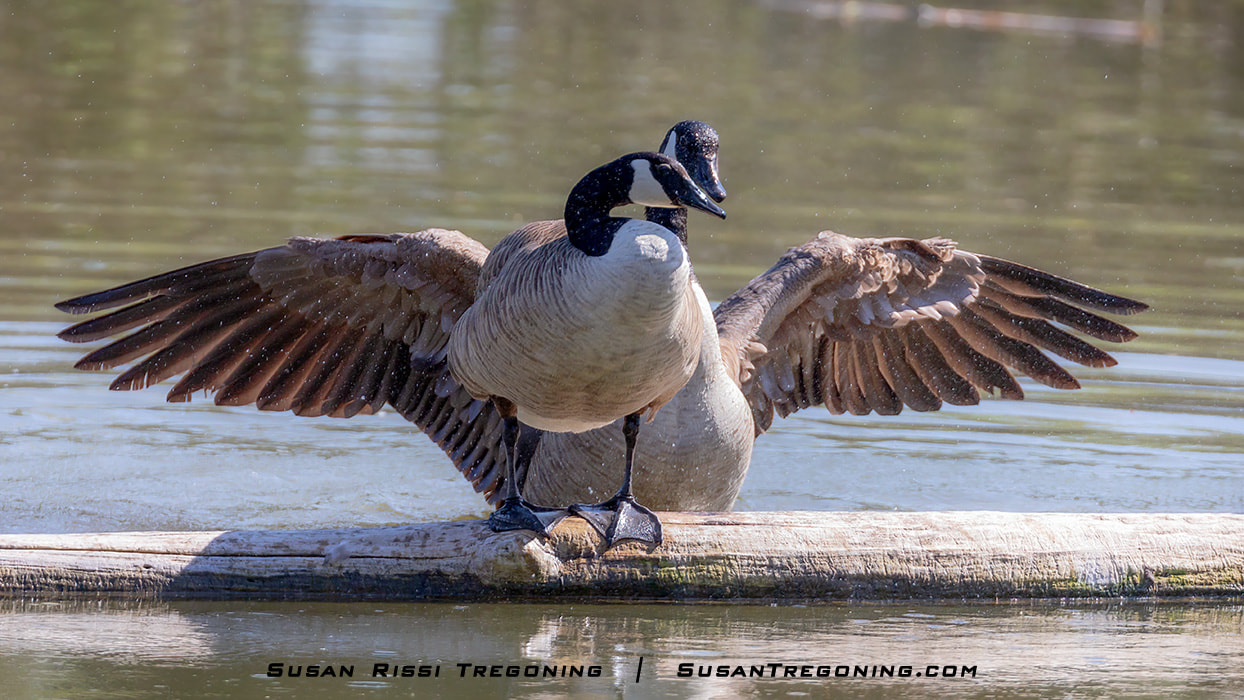
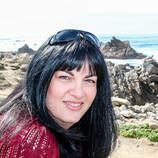
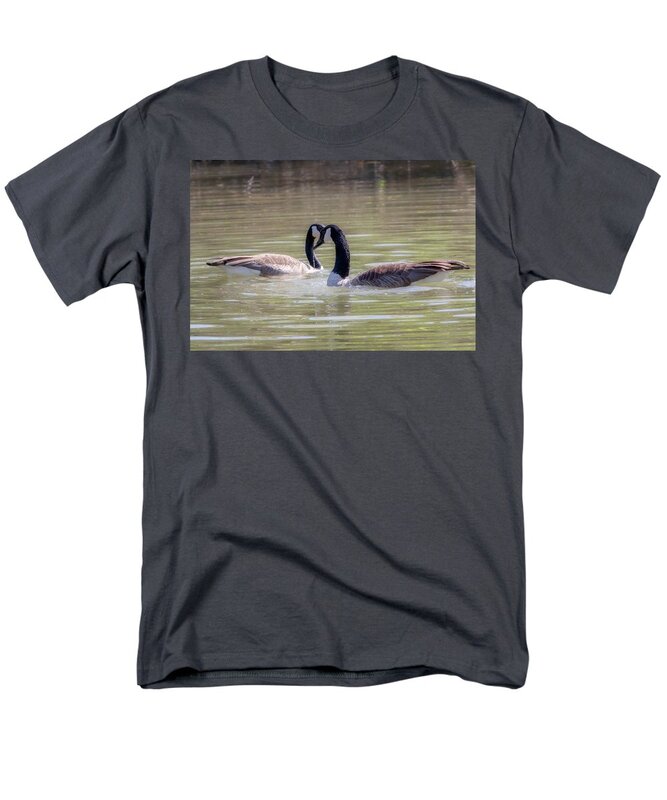




 RSS Feed
RSS Feed